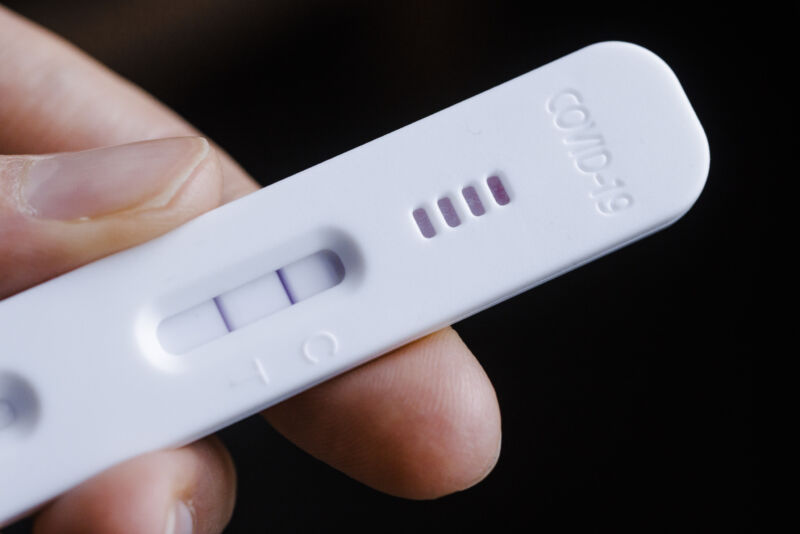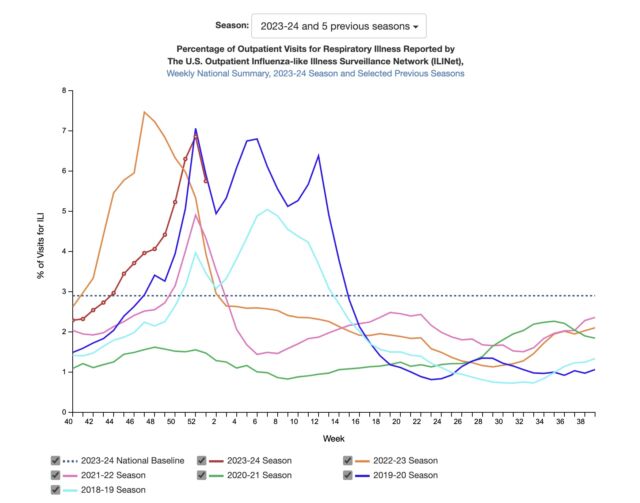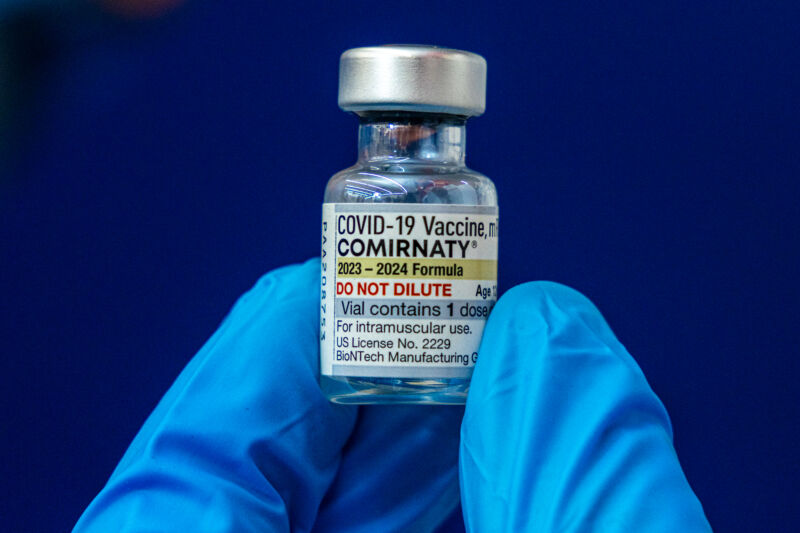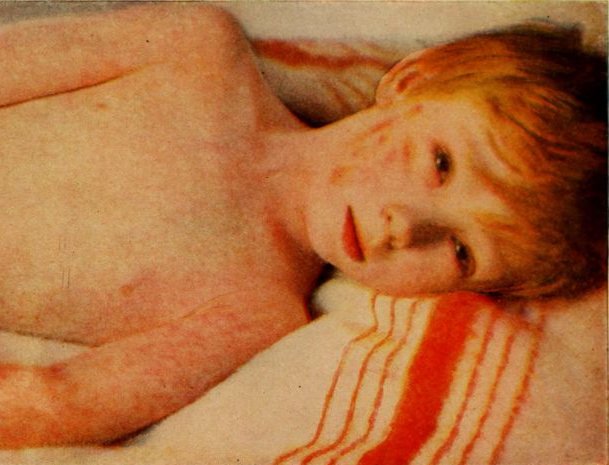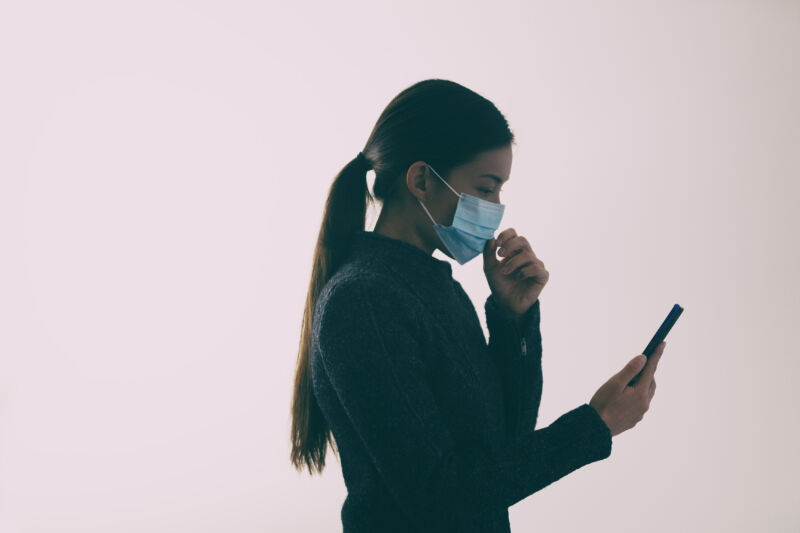-
 chevron_right
chevron_right
Can you sanitize the inside of your nose to prevent COVID? Nope, FDA says.
news.movim.eu / ArsTechnica · Wednesday, 14 February - 23:37 · 1 minute

More than four years after SARS-CoV-2 made its global debut, the US Food and Drug Administration is still working to clear out the bogus and unproven products that flooded the market, claiming to prevent, treat, and cure COVID-19.
The latest example is an alcohol-based sanitizer meant to be smeared inside the nostrils. According to its maker, the rub can protect you from becoming infected with SARS-CoV-2 and other nasty germs, like MRSA, and that protection lasts up to 12 hours after each swabbing. That all sounds great, but according to the FDA, none of it is proven. In a warning letter released Tuesday, the agency determined the sanitizer, called Nozin, is an unapproved new drug and misbranded.
While ethyl alcohol is used in common topical antiseptics, like hand sanitizers, the FDA does not generally consider it safe for inside the nostrils—and the agency is unaware of any high-quality clinical data showing the Nozin is safe, let alone effective. The FDA also noted that, for general over-the-counter topical antiseptics, calling out specific pathogens it can fight off—like SARS-CoV-2 and MRSA—is not allowed under agency rules without further FDA review. Making claims about protection duration is also not allowed.

